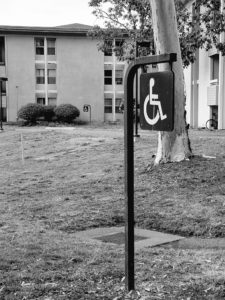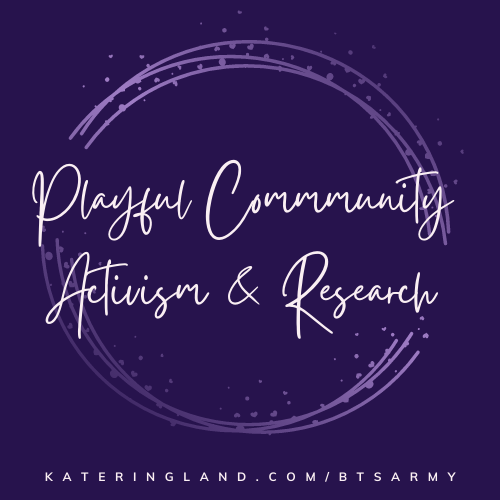Preview: Maker culture values fabrication and production in both the digital and physical realms as well as the sharing of resources. As such, maker culture provides an opportunity to be democratic and inclusive. Likewise, spaces that stem from maker culture, such as makerspaces, provide the same opportunity for inclusion, even for those with disabilities. In this paper, we explore design implications for the creation of inclusive spaces for making and self-expression in the future based on intensive fieldwork in the Autcraft community.
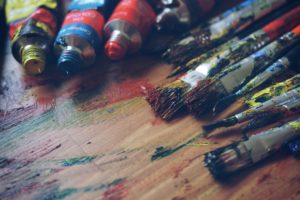
What if makerspaces could be made inclusive and accessible for children who prefer virtual interactions over physical interactions? Stemming from arts and crafts communities and originally focused on physical engagement with materials to be formed and “made” into products, prototypes, and projects, maker culture has evolved to include hacker culture which uses a wide variety of software, hardware, and craft materials. Present-day maker culture includes online and offline fabrication and production, sharing of resources, and social norms around the act of making. Communities of makers inhabit spaces that are built to have a low barrier to entry, support those interested in learning to be makers, and encourage sharing of resources.
In this paper, we explore how “mixed-ability maker culture” supports self-expression in children with autism through an online community centered around the popular game, Minecraft. Autcraft is a community that supports children with autism and is centered on a Minecraft virtual world that embodies maker culture. The Autcraft community’s unique form of maker culture supports self-expression, sociality, and learning for children with autism by providing structure in a virtual space, allowing for and enabling creating and sharing. Our results show how the “mixed-ability maker culture” found within the Autcraft community, supports children with autism in imaginative making and self-expression and we provide design implications for creating inclusive spaces for making and self-expression.
Autcraft is a Minecraft community for children with autism and their allies run by parent volunteers. The goal of the Autcraft community is to have a safe space for children with autism to play Minecraft free from harassment and bullying (for more information visit the Autcraft website). As part of our study, I have been conducting an on-going ethnography within the community (see our paper for details). This study included analysis of activity within the Minecraft server, forums, website, Twitter, Facebook group, YouTube, and Twitch.
Analysis of our data indicates that the constraints and affordances of this virtual environment provide structure for children to create and share in rich and varied ways without the barriers they would typically face in the physical world. By understanding the values in the Autcraft community through a lens of mixed-ability maker culture, we can see how these values encourage and support autistic children in their endeavors in self-expression.
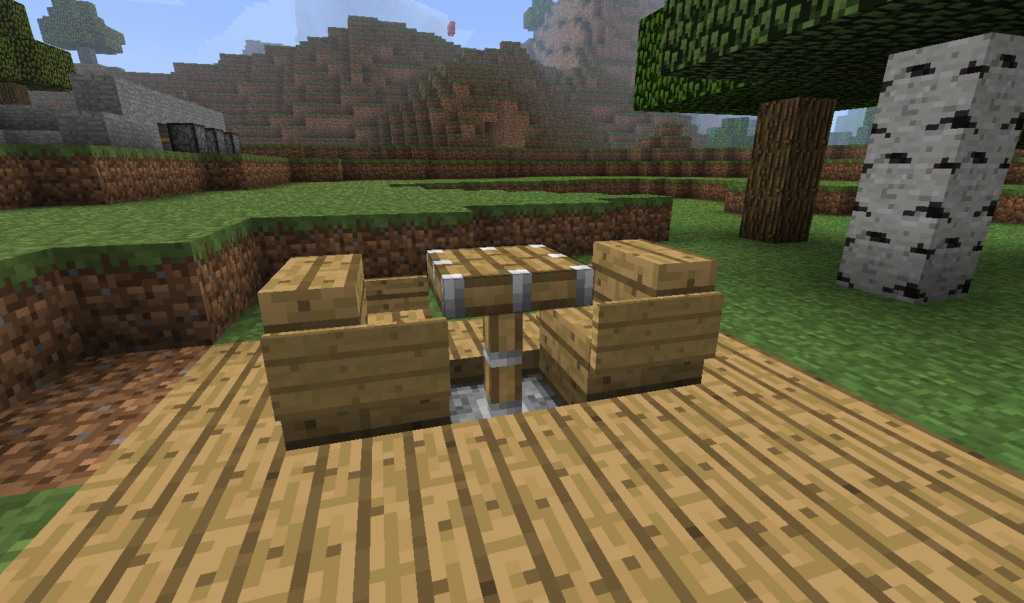
Using a piston object in Minecraft as a table.
Making in Minecraft: Minecraft, at its core, is a game about building with blocks in a virtual world. In Autcraft, community members have created complex, expressive spaces within their virtual world. They have done this through using construction materials found within the world, both as they are meant to be used (e.g., using bricks to pave a walkway), but also in unexpected ways (e.g., using a piston as a table).
Creating to Share with Others: Community members share with other players through the virtual world (i.e., announcing in the chat) as well as through the community forums. Community members can provide advice and feedback in the comments of the forums and in-world when they are touring the creation. This practice allows others to learn from previous building projects, as well as giving builders a sense of pride in their own work. Community members also share with those outside the Autcraft community. Players build and show off their work through platforms such as forums, YouTube, and Twitch—such as through their YouTube “Let’s Play” videos. “Let’s Play” are edited videos of players playing through a video game, giving viewers a first-person experience of playing the game. It is against this cultural backdrop that members of the Autcraft community use their virtual world and the other existing social media to express themselves. This self-expression allows them to foster relationships within the Autcraft community, as well as to reach out to others beyond their community.
Through these results, we’ve found key issues for designing these types of “mixed-ability maker culture” imbued systems.
- Accommodations for Access. The virtual world is not immune to the need for environmental accommodations. Modifications allow for those with disabilities to participate in a way that is suitable for them in a space where they might otherwise find themselves excluded.
- Bounded Freedom. The boundaries found within Autcraft help enhance the creativity of the members. This includes the boundaries within the virtual world (the world and its resources are finite), the social boundaries imposed by the community, and the expectation that one member’s creative self-expression does not infringe upon another member’s self-expression.
- Opportunity-Rich Environment. The Minecraft world is rich – full of objects, biomes, and creatures. This allows users to create narratives and even a mythos from these resources. The Minecraft game itself does not come with a history or backstory but allows players to create new history as the player explores and alters the world. It is this richness that sets the foundation for allowing for inclusivity. Disabilities, even those of the same diagnostic umbrella, are incredibly diverse and experiences occur in a myriad of ways.
- Social Support. The presence of moderators, helpers, and peer mentors support expression for community members. More experienced members help the less experienced members learn how to build, where to get resources, and even give tips on how to create forum posts and videos. This social support also comes with the expectation that community members will be inclusive.
- Social Conventions. The Minecraft community at large embraces creative players and the Autcraft community continues this trend by encouraging members to express themselves through building, roleplaying, storytelling, and sharing their created content through social media (g., through streaming on Twitch, recording YouTube videos, and posting screenshots in the forums).
These design features support children with autism as they learn skills to express themselves. Designers and researchers interested in creating other technical systems can infuse some of the maker culture to create spaces that foster learning, sharing, and self-expression.
For more details about our methods and findings, please see our paper that has been accepted to IDC 2017 (to appear in June 2017). Full citation and link to the pdf below:
Kathryn E. Ringland, LouAnne Boyd, Heather Faucett, Amanda L.L. Cullen, Gillian R. Hayes. Making in Minecraft: A Means of Self-Expression for Youth with Autism. In IDC 2017. [PDF]
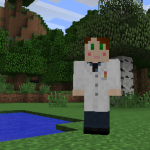 Acknowledgements: We thank the members of Autcraft for the warm welcome into their community. We also thank members of LUCI and the anonymous reviewers for their feedback on this paper, and Robert and Barbara Kleist for their support. This work is covered by human subjects protocol #2014-1079 at the University of California, Irvine.
Acknowledgements: We thank the members of Autcraft for the warm welcome into their community. We also thank members of LUCI and the anonymous reviewers for their feedback on this paper, and Robert and Barbara Kleist for their support. This work is covered by human subjects protocol #2014-1079 at the University of California, Irvine.

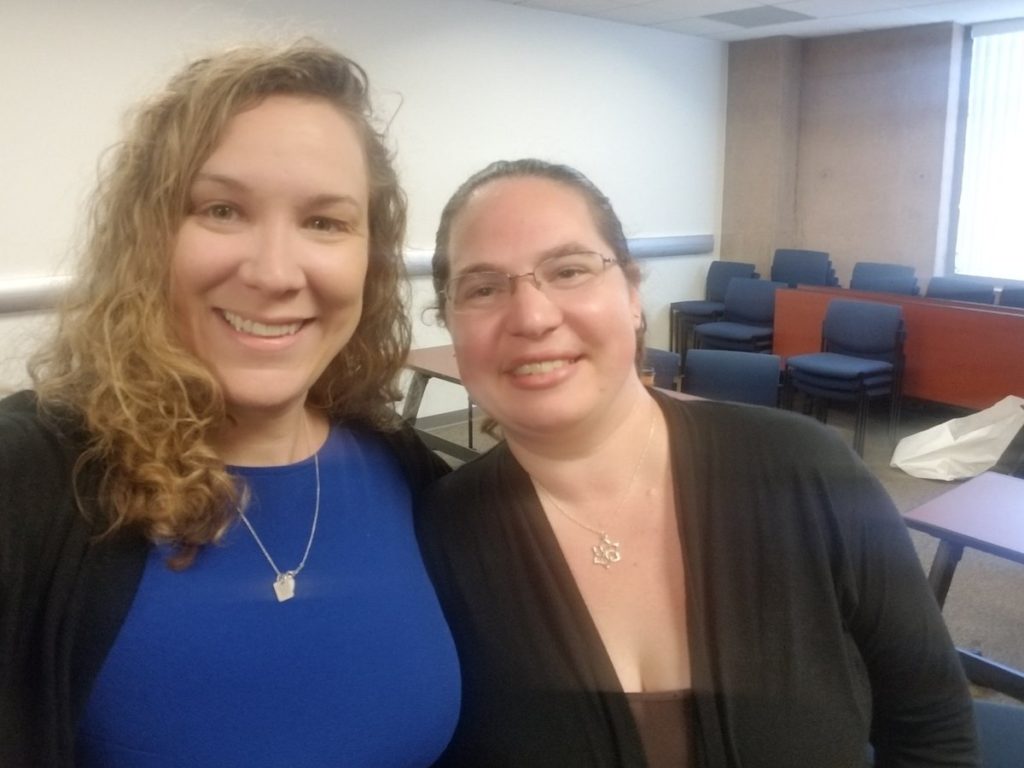
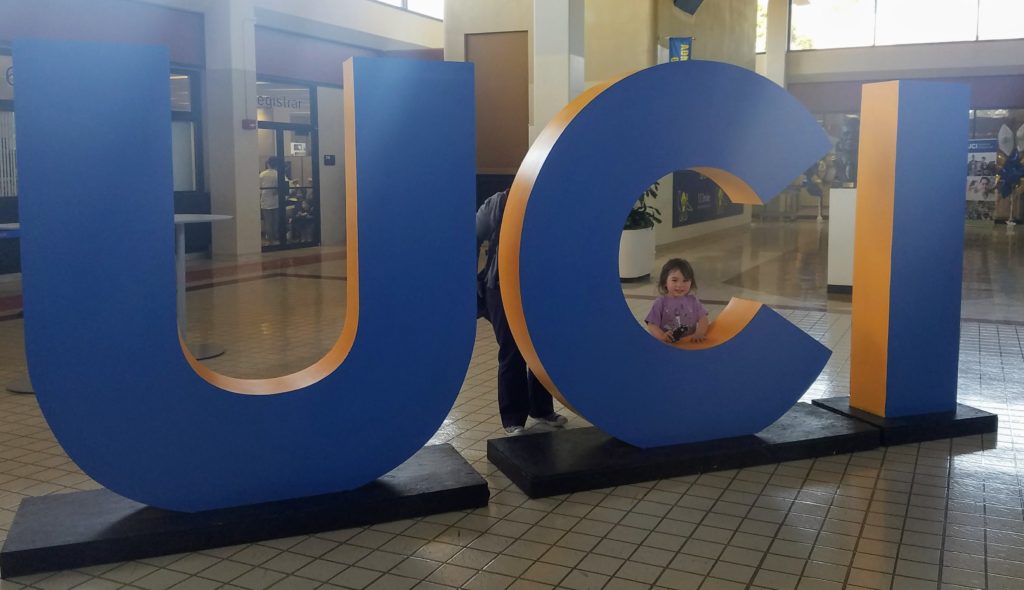

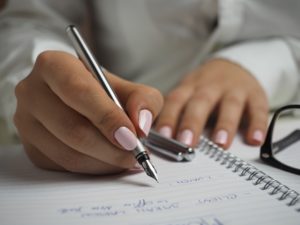
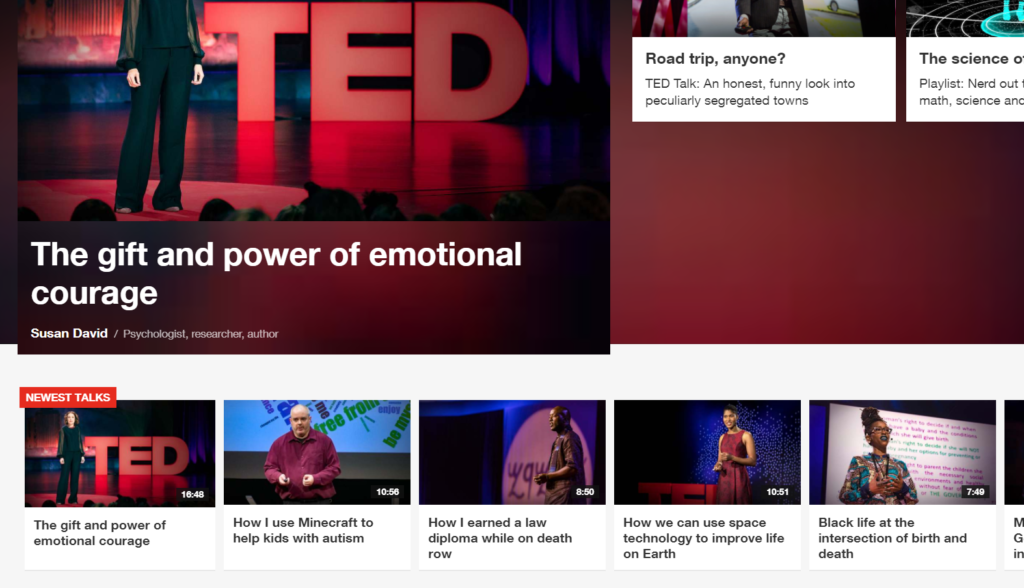
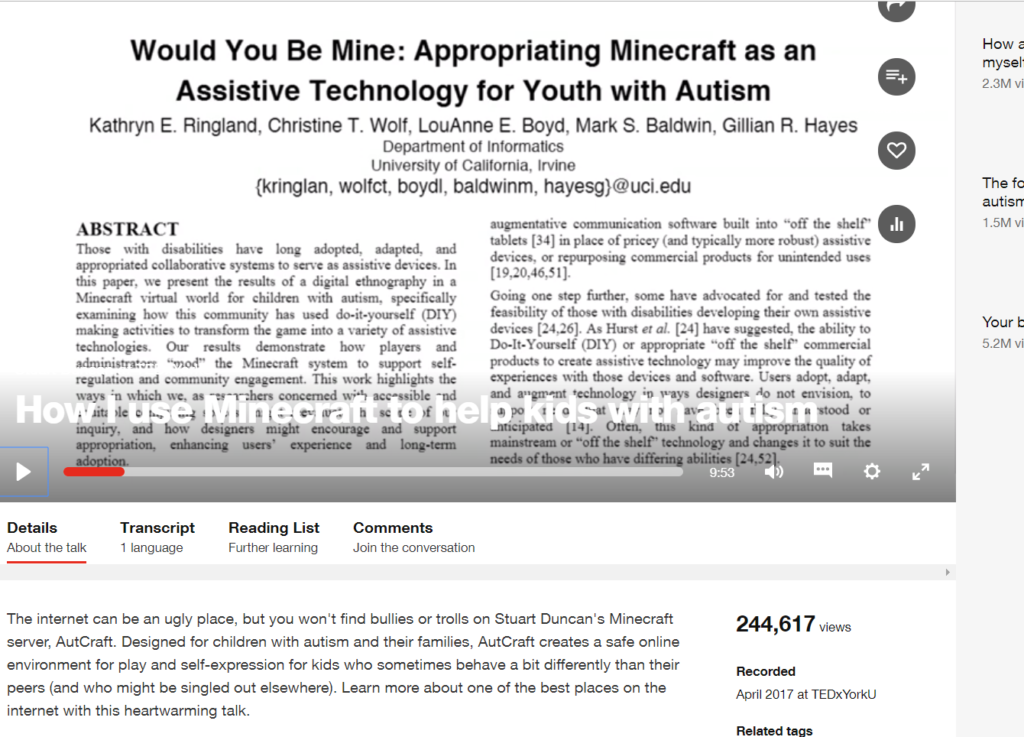
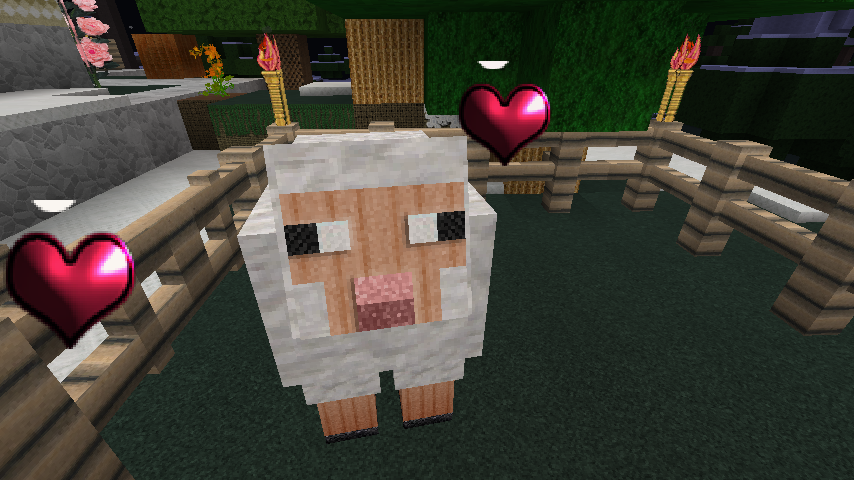
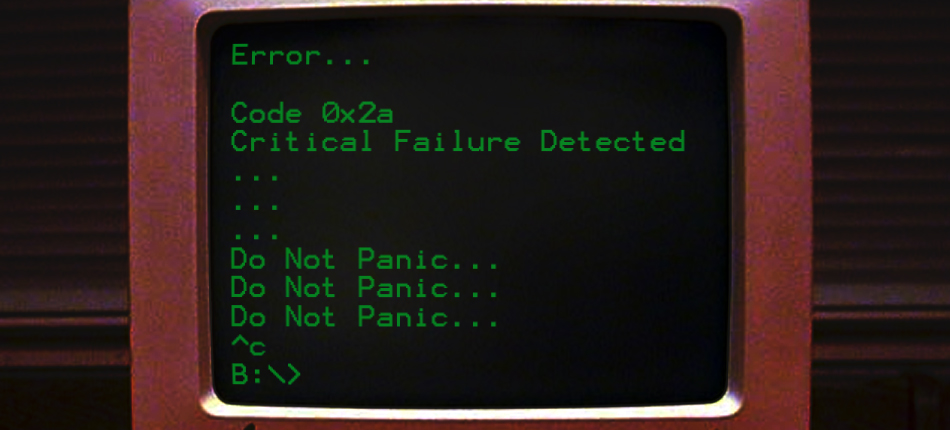
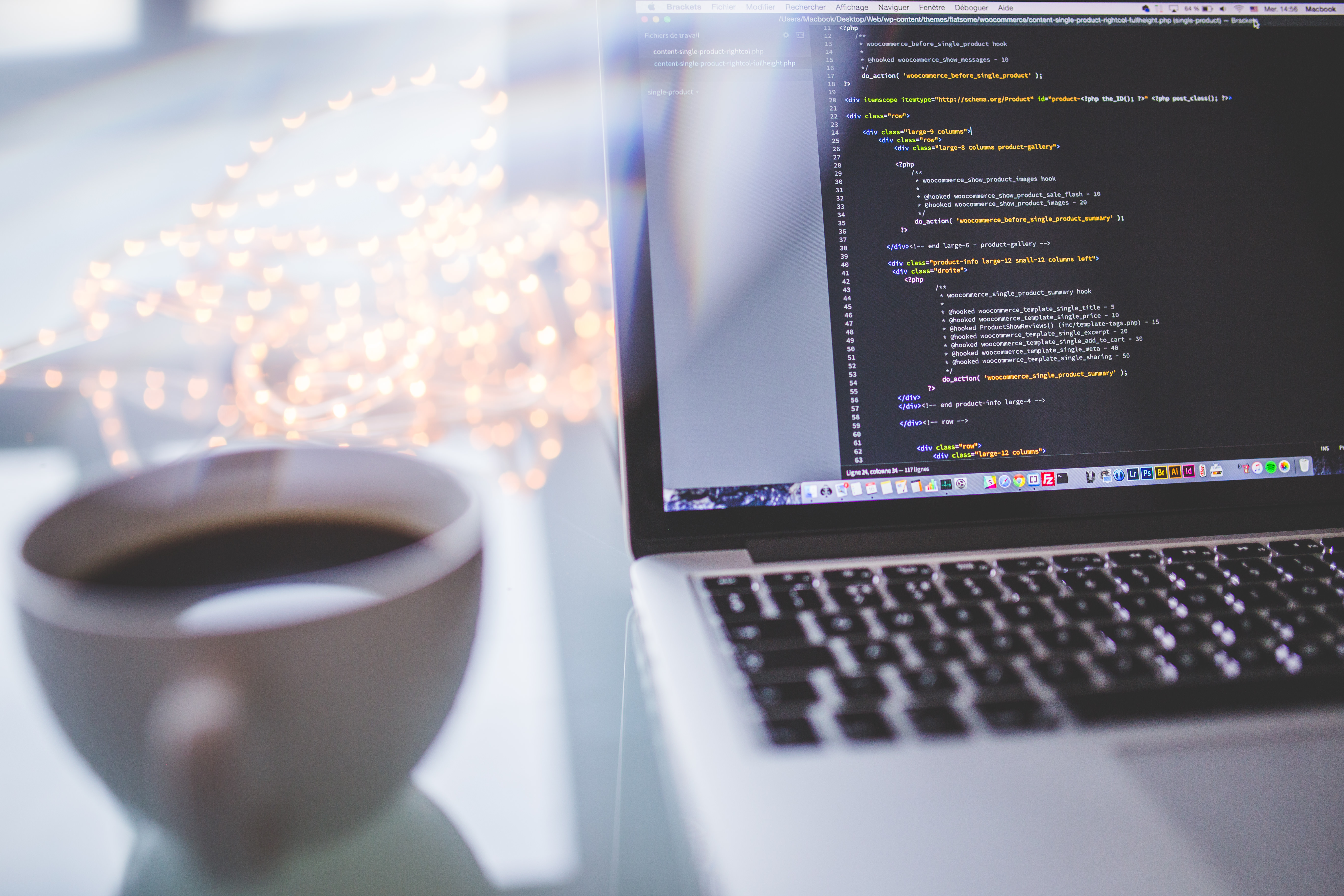
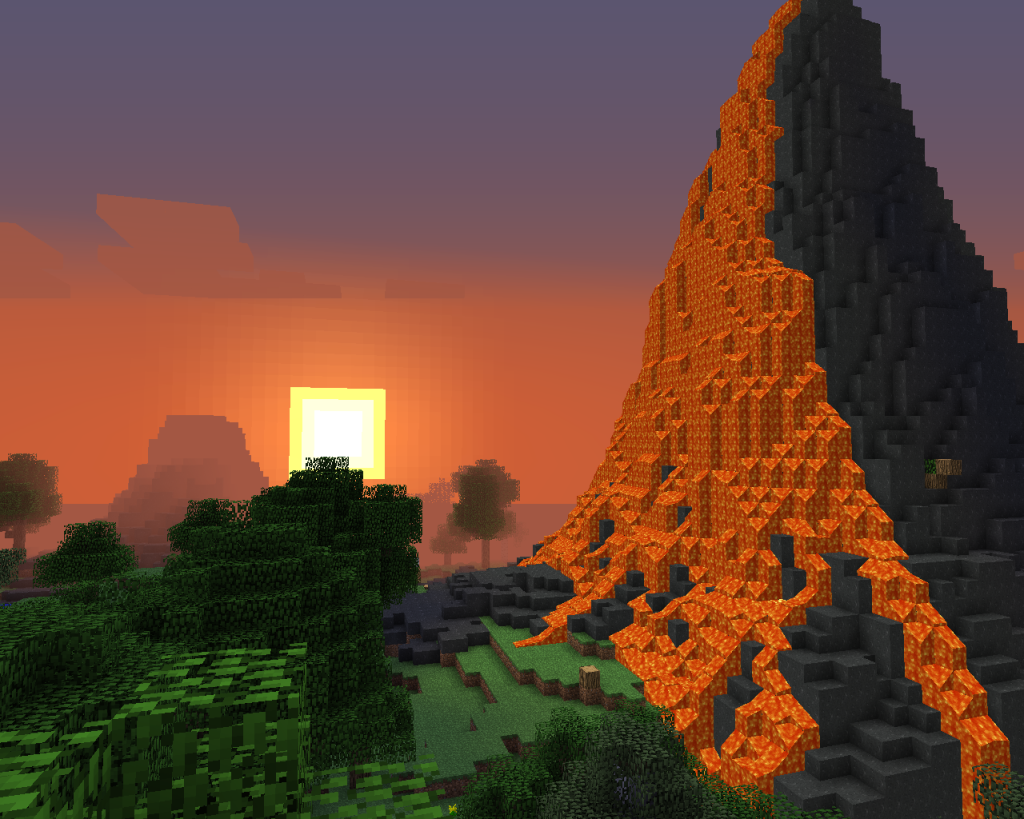


 Acknowledgements: We thank the members of Autcraft for the warm welcome into their community. We also thank members of LUCI and the anonymous reviewers for their feedback on this paper, and Robert and Barbara Kleist for their support. This work is covered by human subjects protocol #2014-1079 at the University of California, Irvine.
Acknowledgements: We thank the members of Autcraft for the warm welcome into their community. We also thank members of LUCI and the anonymous reviewers for their feedback on this paper, and Robert and Barbara Kleist for their support. This work is covered by human subjects protocol #2014-1079 at the University of California, Irvine.
